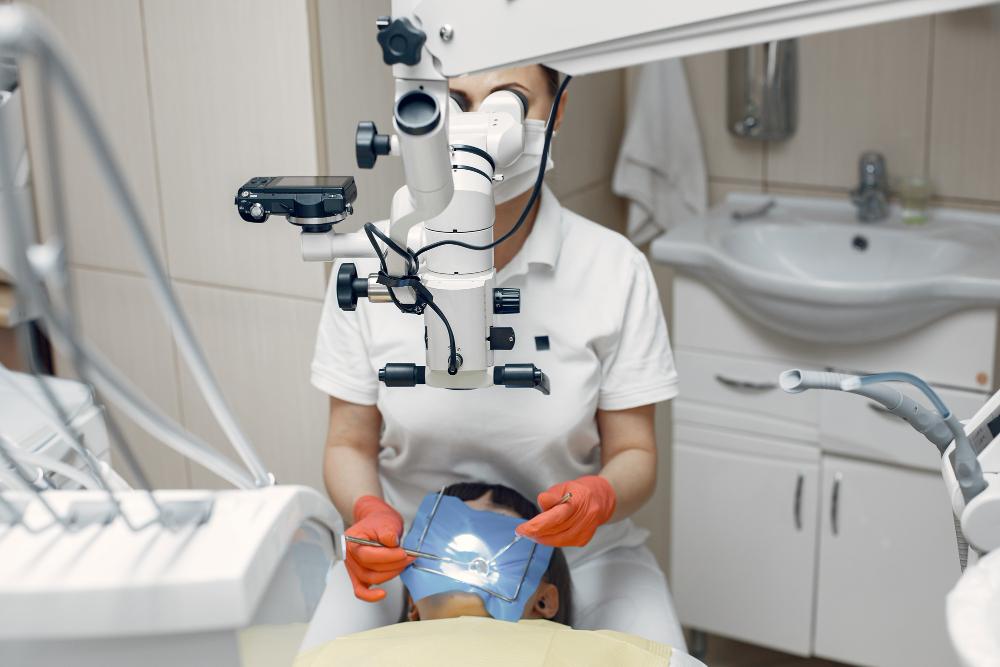Transforming Dental Workflow with CAD CAM Milling Machines: A Comprehensive Guide to Dotta Dental’s Cutting-Edge Technology
Understanding (CAD-CAM) Milling Machines and Their Importance in Modern Dentistry
Computer-Aided Design and Computer-Aided Manufacturing CAD CAM milling machines play a crucial role in modern dentistry by revolutionizing the way dental restorations are designed and fabricated. These machines integrate digital technology into the traditional dental workflow, offering numerous advantages over conventional methods.
Here’s an overview of CAD CAM milling machines and their importance in modern dentistry:
- Digital Impressions:
- Traditional dental impressions involve using putty-like materials to create molds of patients’ teeth. CAD CAM systems eliminate the need for these messy impressions by utilizing digital scanners to create precise 3D digital models of the patient’s oral structures.
- Design (CAD):
- Once a digital impression is obtained, CAD software is used to design the dental restoration (crowns, bridges, inlays, onlays, etc.). Dentists or dental technicians can manipulate and customize the digital model, ensuring a precise fit and optimal aesthetics.
- Precision and Accuracy:
- CAD CAM milling machines manufacture dental restorations with exceptional precision and accuracy. This ensures that the final product fits seamlessly in the patient’s mouth and functions properly.
- Materials:
- CAD CAM milling machines can work with a variety of dental materials, including ceramics, zirconia, resins, and metals. The ability to use different materials allows for flexibility in choosing the most suitable option based on the patient’s needs.
- Time Efficiency:
- Traditional methods of dental restoration production involve multiple steps and can take days or even weeks. CAD CAM systems significantly reduce the time required for the entire process. Restorations can often be designed, milled, and placed in a single appointment, providing convenience for both patients and practitioners.
- Single-Visit Dentistry:
- One of the most significant advantages of CAD CAM technology in dentistry is the ability to offer single-visit dentistry. Patients can have their digital impressions taken, restorations designed, milled, and placed in a single appointment, eliminating the need for multiple visits.
- Improved Aesthetics:
- CAD CAM technology allows for highly detailed and customized designs, leading to improved aesthetics in dental restorations. The ability to precisely match the color and shape of natural teeth enhances the overall appearance of the restoration.
- Reduced Waste:
- CAD CAM milling machines optimize material usage, reducing waste compared to traditional methods that may require larger quantities of materials for manual adjustments and corrections.
- Cost-Effective:
- While the initial investment in CAD CAM technology can be significant, the long-term benefits, such as reduced labor costs, fewer remakes, and increased efficiency, contribute to the overall cost-effectiveness of these systems.
The Advantages of Dotta Dental’s (CAD-CAM) Milling Machines in Dental Practice
However, in a general sense, advantages of CAD CAM milling machines in dental practice typically include:
- Precision and Accuracy:
- CAD CAM milling machines are known for their high precision, ensuring accurate reproduction of digital designs. This precision is crucial in achieving a proper fit and function of dental restorations.
- Time Efficiency:
- CAD CAM systems streamline the dental restoration process, often allowing for same-day restorations. This efficiency is beneficial for both dental practitioners and patients, reducing the time required for multiple appointments.
- Single-Visit Dentistry:
- The ability to design, mill, and place restorations in a single visit is a significant advantage. Patients appreciate the convenience of completing their dental work in a shorter timeframe.
- Customization:
- CAD CAM technology enables detailed customization of dental restorations. Dentists can tailor the design to match the patient’s unique anatomical features and aesthetic preferences.
- Material Versatility:
- CAD CAM milling machines are compatible with various dental materials, including ceramics, zirconia, and metals. This flexibility allows practitioners to choose materials that best suit the specific requirements of each case.
- Digital Impressions:
- The use of digital impressions instead of traditional molds enhances patient comfort and eliminates the need for messy materials. Digital scans provide highly accurate representations of the patient’s oral structures.
- Reduced Remakes:
- The precise digital design and milling process minimizes the need for remakes or adjustments, reducing material waste and saving time for both dental professionals and patients.
- Improved Aesthetics:
- CAD CAM systems often incorporate advanced imaging technology and software tools, enabling practitioners to achieve superior aesthetic results. This is crucial for restorations that seamlessly blend with natural teeth.
- Ease of Use:
- User-friendly interfaces and software make CAD CAM milling machines accessible to dental practitioners with varying levels of technical expertise. Training requirements are typically manageable for integrating these systems into a dental practice.
- Cost-Effectiveness:
- While the initial investment in CAD CAM technology can be significant, the long-term benefits, such as reduced labor costs, fewer remakes, and improved efficiency, can contribute to the overall cost-effectiveness of these systems.
Dotta Dental’s Innovative Features that Set Their (CAD-CAM) Milling Machines Apart from Competitors
However, in the dental industry, manufacturers often differentiate their CAD CAM milling machines through various innovative features. Here are some general features that manufacturers might focus on to set their machines apart:
- Precision Engineering:
- High precision in milling ensures accurate reproduction of digital designs, leading to well-fitted dental restorations.
- Advanced Imaging Technology:
- The use of advanced imaging technology in the scanning process can enhance the accuracy of digital impressions, contributing to precise restoration designs.
- Material Compatibility:
- Offering compatibility with a wide range of dental materials, including ceramics, zirconia, and metals, provides practitioners with flexibility in choosing materials based on patient needs.
- Integrated Software Solutions:
- Comprehensive and user-friendly software that facilitates efficient design processes, customization, and ease of use is a key factor. Advanced software can enhance the overall workflow and user experience.
- Automation and Workflow Efficiency:
- Automated processes and optimized workflows can contribute to time efficiency and reduce the likelihood of errors in the production of dental restorations.
- Single-Visit Dentistry Capabilities:
- If the milling machine allows for same-day restorations, it provides a significant advantage in terms of convenience for both practitioners and patients.
- Aesthetic Design Capabilities:
- Advanced software tools for aesthetic design and customization contribute to achieving superior aesthetic results in dental restorations.
- Ease of Integration:
- Machines that are easy to integrate into existing dental practice setups and workflows can be more appealing to practitioners.
- Reliability and Durability:
- Machines built with high-quality materials and engineering, ensuring reliability and durability, can be key selling points.
- Training and Support:
- Manufacturers that offer comprehensive training programs and ongoing support for users may be preferred by dental professionals.
The Future of Digital Dentistry: How Dotta Dental is Leading the Way with (CAD-CAM) Milling Machines
However, I can offer some general trends and areas of development that are often associated with the future of digital dentistry, where companies like Dotta Dental might be focusing their efforts:
- Integrated Workflows:
- Future CAD CAM milling machines are likely to offer even more seamless integration with digital workflows. This includes enhanced connectivity with digital impression systems, treatment planning software, and other digital tools.
- Artificial Intelligence (AI) Integration:
- AI is increasingly being integrated into dental technology to assist in tasks such as treatment planning, restoration design, and quality control. This could lead to more automated and intelligent workflows in digital dentistry.
- Augmented Reality (AR) and Virtual Reality (VR):
- AR and VR technologies could play a role in digital dentistry, offering immersive training experiences for practitioners, as well as interactive treatment planning and patient education.
- Enhanced Materials Compatibility:
- Continuous advancements in dental materials, including more biocompatible and esthetic options, could be a focus. CAD CAM systems that can work with a broader range of materials may gain prominence.
- Miniaturization and Portability:
- Compact and portable milling machines could become more prevalent, allowing for greater flexibility in dental practices and facilitating on-site or mobile dentistry.
- IoT and Data Analytics:
- Internet of Things (IoT) technology can enable remote monitoring and maintenance of dental equipment. Data analytics may be used to gather insights into equipment usage patterns and optimize performance.
- Patient-Centric Solutions:
- Technologies that enhance the patient experience, such as faster treatment times, improved comfort, and personalized treatment plans, are likely to be prioritized.
- Sustainability Considerations:
- Sustainability in dental materials and processes may become more important. CAD CAM systems that align with environmentally friendly practices could gain favor in the industry.
- Cybersecurity Measures:
- With increased digitalization, ensuring robust cybersecurity measures will be crucial to protect patient data and maintain the integrity of digital workflows.
- Global Accessibility:
- Companies may focus on making digital dentistry solutions more accessible globally, addressing the needs of diverse dental practices and settings.
Conclusion:
- Precision and Accuracy:
- State-of-the-art CAD CAM milling machines are designed to provide exceptional precision and accuracy in producing dental restorations. This ensures a perfect fit and optimal functionality for each restoration.
- Advanced Imaging Technology:
- High-quality digital scanners and imaging technology contribute to accurate digital impressions, forming the basis for precise restoration designs.
- Material Versatility:
- The ability to work with a variety of dental materials, including ceramics, zirconia, and metals, allows dental practitioners to choose the most suitable material for each case.
- Efficient Workflows:
- State-of-the-art machines often feature streamlined and efficient workflows, reducing the time required for designing and milling restorations. This can contribute to increased productivity in the dental practice.
- Customization Capabilities:
- Advanced CAD software allows for detailed customization of dental restorations, enabling practitioners to meet the unique needs and preferences of each patient.
- Single-Visit Dentistry:
- If the milling machine supports same-day restorations, it offers a significant advantage in terms of patient convenience and satisfaction.
- User-Friendly Interface:
- Intuitive software interfaces and user-friendly controls make it easier for dental professionals to operate the machine, reducing the learning curve and enhancing overall efficiency.
- Reliability and Durability:
- State-of-the-art machines are typically built with high-quality materials and engineering to ensure reliability and durability over the long term.
- Integration with Digital Workflows:
- Seamless integration with other digital tools and workflows, such as digital impressions and treatment planning software, contributes to a more cohesive and efficient digital dentistry ecosystem.
- Ongoing Support and Training:
- Companies offering state-of-the-art equipment often provide comprehensive training programs and reliable customer support to assist dental practitioners in maximizing the benefits of their technology.
Before making any purchasing decisions, it’s crucial to thoroughly research and inquire about specific features, benefits, and support services provided by Dotta Dental for their CAD CAM milling machines. Directly contacting the company or its authorized distributors and checking product documentation will provide the most accurate and detailed information.



